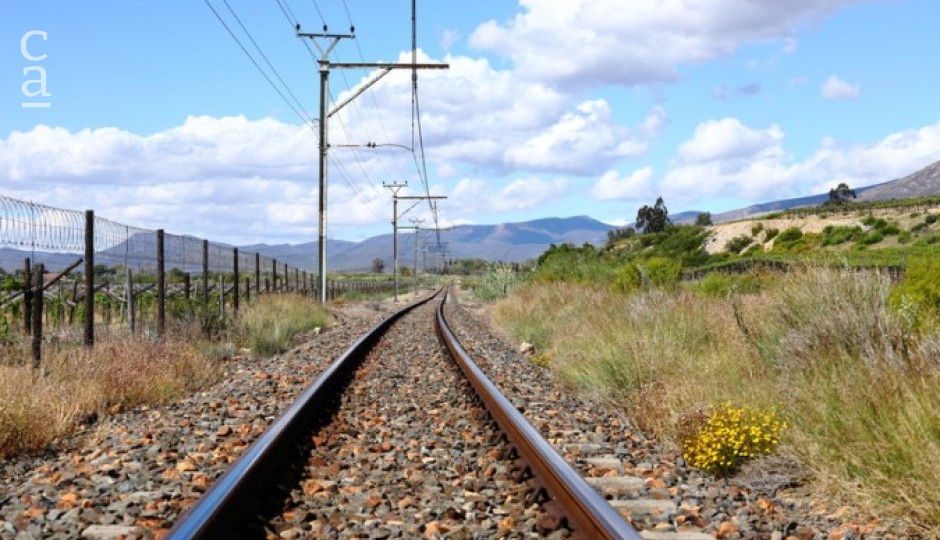Lobito Corridor Rail Line Planned from Angola to DRC
Trafigura, Mota-Engil and Vecturis to construct the railway to expedite mineral exports.

The Transport Ministry of Angola has awarded the contract to build the Lobito Corridor railway infrastructure to a consortium comprising Singaporean commodity trader Trafigura, Portuguese construction company Mota-Engil, and Belgian private rail operator Vecturis.
Under the terms of the contract, the consortium was granted a 30-year concession to
Want to continue?
Subscribe to get access to premium content
By subscribing you get access to the Newsfeed, Tenders, Events

